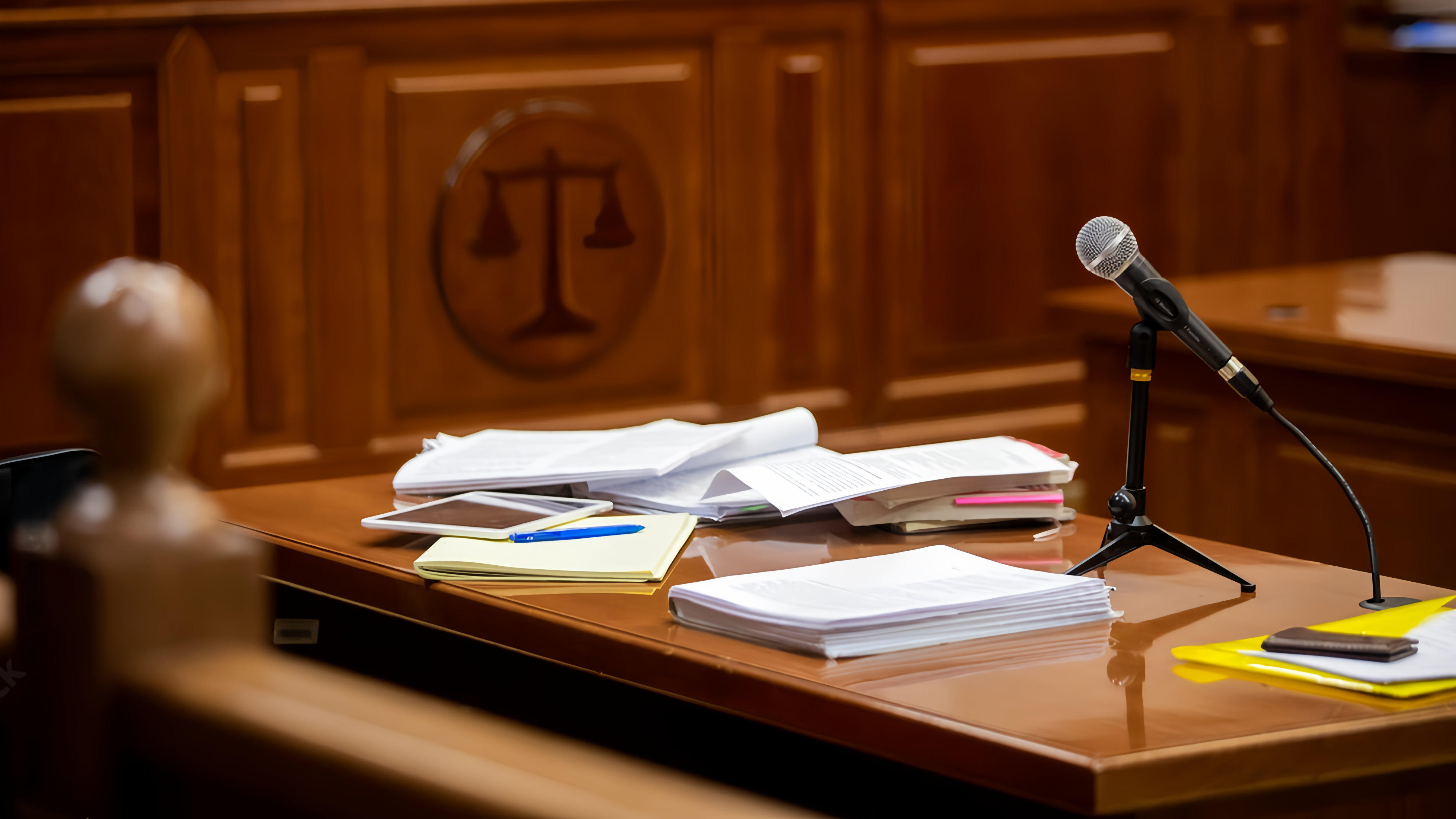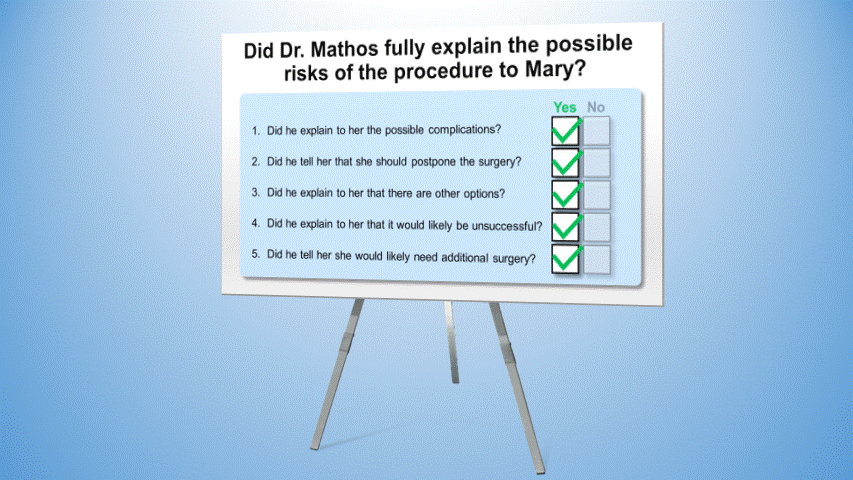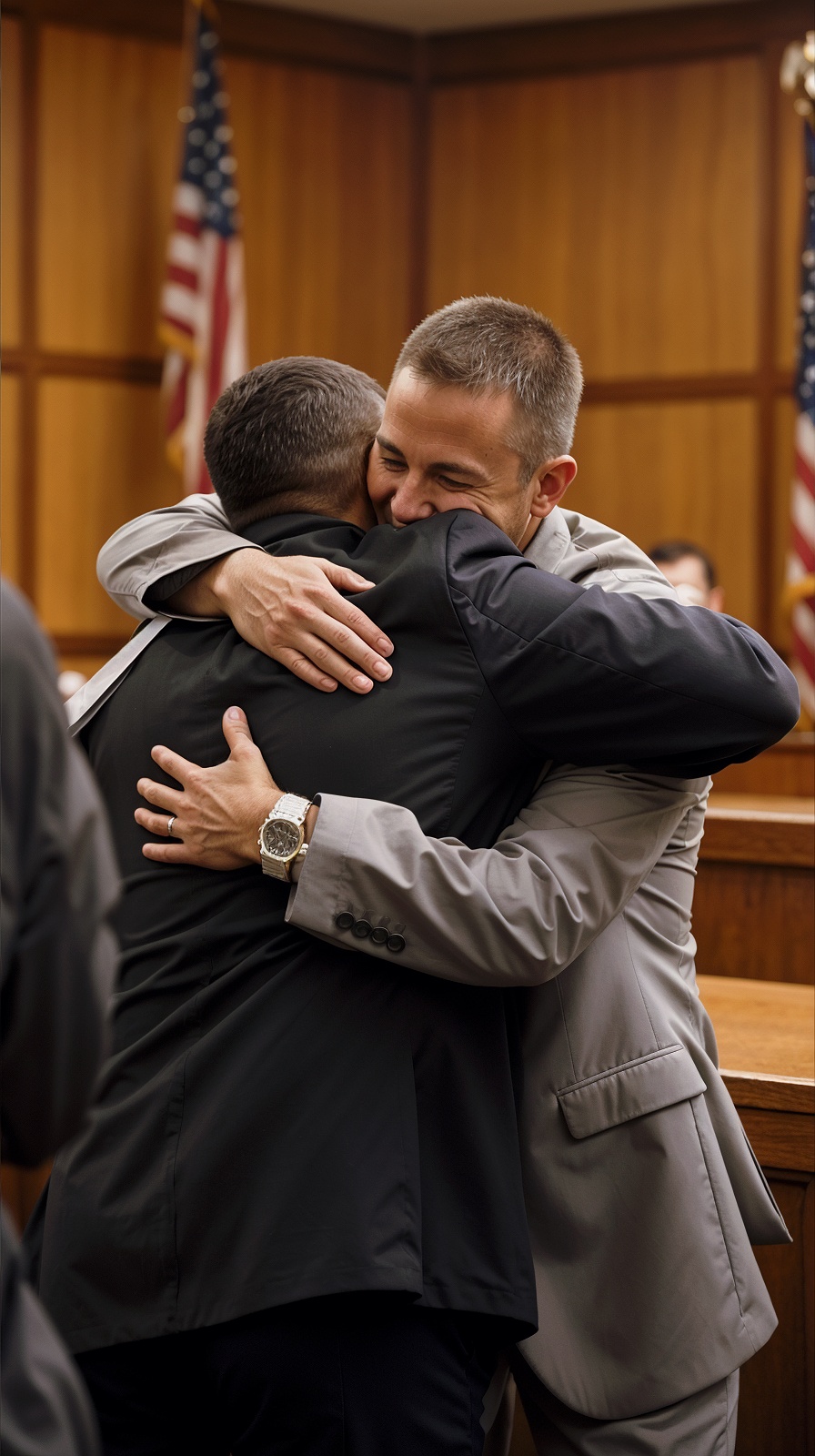
Trials are long and complex ordeals. You often have mountains of information you need to convey to the jury to educate them, state your case, and ultimately convince them to vote in your favor.
But what is the best way to effectively share all that information while keeping them interested, engaged, and focused?
But what is the best way to effectively share all that information while keeping them interested, engaged, and focused?
The On Point Difference
Hearing
Seeing
“The patient’s serum C-reactive protein concentration was measured at 83.38 mg/L, indicating a pronounced elevation consistent with an inflammatory response of sufficient magnitude to suggest a heightened probability of concomitant acute bacterial pathogenesis.“

“Ladies and gentlemen of the jury, in this case, the burden of proof is what’s called ‘more probable than not.’ If you believe that something is even just slightly more likely true than not true, then that side has met its burden. If the evidence tilts even just a little bit in favor of one side — 51% versus 49% — that’s enough to meet this standard. It’s not as high a bar as ‘beyond a reasonable doubt,’ but it still requires you to look at the evidence carefully and decide what’s more likely true based on the facts.”

“Imagine your body is facing an infection. The best way to stop it isn’t to wait until it’s raging out of control — it’s to act quickly, at the first sign of trouble. You take action right away because you know that’s your best chance to prevent serious harm. The same principle applies here. When problems arise — whether it’s in business, safety, or accountability — you can’t ignore the warning signs and hope things get better on their own. You have to address the issue immediately, before it spreads and causes even greater damage. That’s what this case is about — trusting that when you go to the hospital, the medical professionals have the appropriate training to recognize the problem and take the necessary steps to stop it before it’s too late.“

“Scoliosis is a condition where the spine curves abnormally, often in an ‘S’ or ‘C’ shape. When that curve becomes severe, doctors may use spinal hardware — like rods, screws, and other stabilizing devices — to help straighten and support the spine. Surgeons carefully place these medical devices along the spine to stabilize it and guide it back into proper alignment. Over time, this hardware helps the spine maintain its corrected position.”

“My client has spent most of his life on the road. That was his path — his career, his livelihood, his identity. But because of the defendant’s negligence, that road — the one he built his life on — has been closed. Now, he’s been forced to detour. Instead of miles of open highway, he’s facing endless appointments with doctors, mounting medical bills, surgeries that leave him hurting, and a constant struggle with pain and discomfort. The freedom he once felt driving his truck has been replaced by the heavy burden of disability, uncertainty, and sorrow. He didn’t choose this detour — it was forced upon him. And now, he’s here asking for justice, not just for what he’s lost, but for the road he’s now forced to travel for the rest of his life.”


A picture is worth
a thousand words
a thousand words

“Clinical studies in memory consistently bear out the superiority in retention using visual rather than verbal channels. Only 14% to 33% of information presented through audio means is retained.
Contrast this with the fact that we retain approximately 85% of what we learn visually.”
Contrast this with the fact that we retain approximately 85% of what we learn visually.”
– Dr. Boyll, licensed psychologist and trial consultant.

By building your case around visual exhibits, you can ensure the jury understands and remembers your case. Vividly show the key elements of your case, simplify complex topics, highlight important details, and focus the jury’s attention where you need it most.

Showing the actual damages suffered by your client makes the case far more tangible and real, helping you to better create an emotional connection with the jury.

Using animated visual exhibits, you can incorporate images, video, audio, and animations. This variety keeps the jury interested and engaged even during long opening statements.

Animated visual exhibits allow you to evolve what the jury sees over time. You can progress your story piece by piece, walk the jury through a complex procedure step-by-step, and show only relevant information when it’s needed.

Physical visual exhibits provide a powerful presence in the courtroom and serve to focus everyone’s attention to the most important key elements of your case.



Every case is a story, and the way you tell that story can change its ending.

By anchoring testimony or deposition transcripts to a visual, it makes it far easier for the jury to remember what was said and who said it.

Working together, we effectively address your case’s strengths and weaknesses visually, we carefully craft dialogue to convey the right message for your client, and we design bold visual exhibits to capture the attention of the jury.

With all the time, effort, and skill it takes to prepare and build a strong case for your client, your presentation deserves to be powerful, effective, and On Point.

Ready to get their attention?